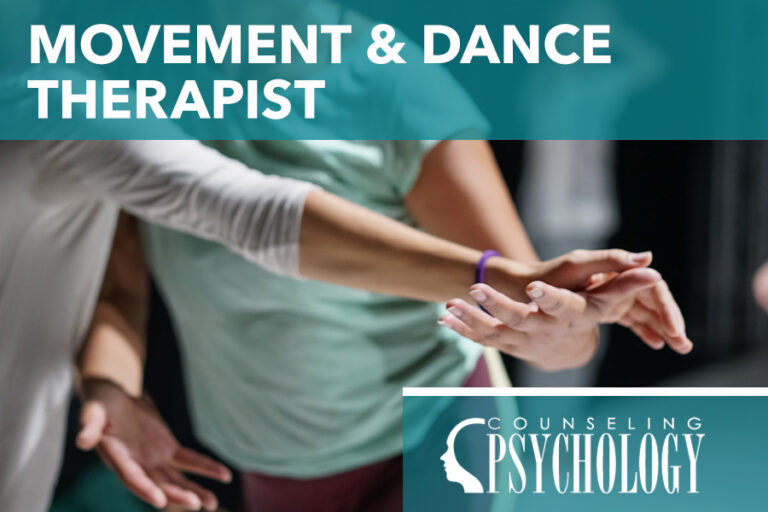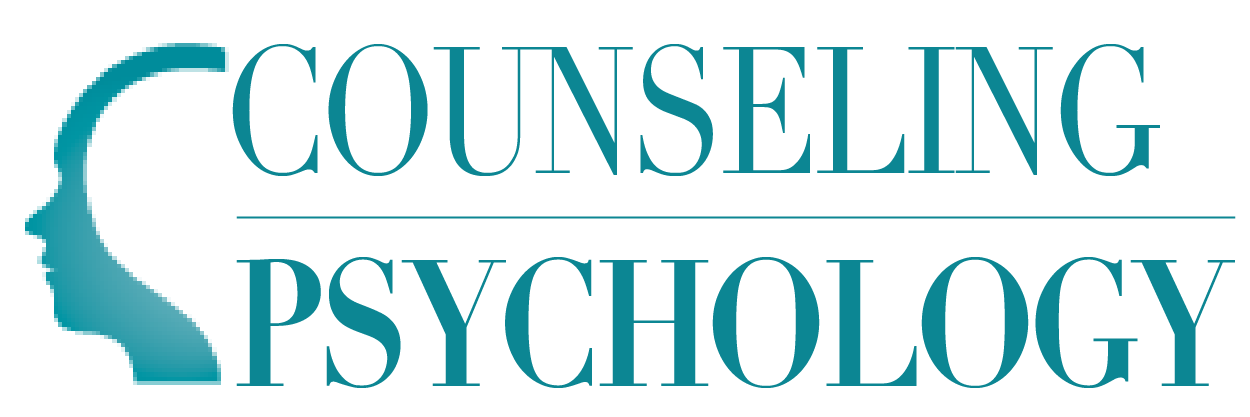Dance and Movement Therapist

Embarking on a career as a dance/movement therapist (DMT) can be a rewarding journey for those passionate about the intersection of movement, dance, and therapeutic healing. This unique profession involves using movement and dance as tools for promoting emotional, mental, and physical well-being. A few ways dance/movement therapists help clients include:
- Assisting clients to express feelings through dance and movement
- Assessing body language and movement patterns to understand emotional states and physical conditions
- Developing therapeutic interventions utilizing dance and movement to achieve specific goals, such as reducing depression/anxiety or building confidence.
In this comprehensive guide, we will explore the steps to becoming a movement/dance therapist, from earning the necessary degree to obtaining licensure and pursuing a fulfilling career.
Step 1: Complete a Movement/Dance Therapy Degree
The foundation of a successful career in movement/dance therapy begins with acquiring the right education. Various academic paths lead to expertise in this field, but if you’re looking to become certified in DMT, you’ll need to obtain an applicable master’s degree.
- Bachelor's Degree: While there is no specific undergraduate degree for dance/movement therapy, a bachelor's degree in psychology with a minor in dance, or vice versa, is a solid starting point for those serious about this career. Programs at this level delve into psychology, anatomy, and various dance forms, equipping students with a holistic understanding of how movement can contribute to healing. This degree lays the groundwork for advanced studies.
- Master's Degree: A master's degree in movement/dance therapy is often considered the minimum requirement for professional practice. Alternatively, students may opt for a master’s degree in psychology or a master’s in counseling and receive dance/movement therapy training separately. These programs delve deeper into clinical applications, research, and specialized therapeutic techniques. An approved master’s degree is necessary for certification through the American Dance Therapy Association (ADTA).
- Graduate Certificate: For those who already hold a bachelor’s or master's degree in a related field, a graduate certificate in movement/dance therapy, like the one offered through the University of Wisconsin-Madison, may be an efficient option. These programs provide targeted training to individuals seeking to specialize in this area. Keep in mind that this type of certificate may require concurrent enrollment in a related master’s degree.
Step 2: Become Certified as a Movement/Dance Therapist
After completing the requisite education, obtaining certification is the next crucial step in becoming a movement/dance therapist. The ADTA offers two certifications:
- The Registered Dance/Movement Therapist (R-DMT), which is the entry-level certification.
- The Board Certified Dance/Movement Therapist (BC-DMT), which is the advanced certification.
To become a BC-DMT, students must hold the R-DMT certification for at least one year in addition to the rest of the requirements. Proper certification ensures that professionals meet specific standards and adhere to ethical practices. Here’s how to navigate this process:
Internship/Practicum Experience
To become an R-DMT through the ADTA, students must complete an internship comprised of at least 700 supervised clinical hours. BC-DMT applicants must complete 2400 total supervised internship hours. These hands-on opportunities allow aspiring dance therapists to apply their knowledge in real-world settings, honing their skills under the guidance of experienced mentors.
Examination
Students who have completed an ADTA-approved master’s program must pass an examination to become a certified movement/dance therapist. The Dance/Movement Therapy National Certification Board (DMTNCB) offers the necessary exam for professionals in the United States. Success in this exam validates a therapist’s competence and ensures a standard level of proficiency in the field.
State Requirements
Licensing requirements vary by state, and aspiring dance/movement therapists must familiarize themselves with the specific regulations in the jurisdiction where they plan to practice. National organizations, such as the American Dance Therapy Association (ADTA), can provide valuable resources and guidance on state-specific requirements.
Step 3: Apply for a Movement/Dance Therapy Job
With a degree and certification in hand, the next exciting step is to embark on a fulfilling career in movement/dance therapy. The field offers diverse opportunities, and professionals can choose from various settings and specializations. Let’s explore the job outlook and potential career paths:
What Careers Can I Pursue With a Movement/Dance Therapy Degree?
- Clinical Dance/Movement Therapist: Engage in one-on-one or group sessions to address clients’ psychological and emotional needs through movement and dance.
- Recreational Therapist: Utilize movement activities for individuals with disabilities or illnesses to enhance their overall well-being and quality of life.
- Art Therapist: Combine movement and artistic expression to help clients explore and process their emotions, facilitating therapeutic healing.
- Educator/Instructor: Teach movement and dance therapy in academic settings or conduct workshops for diverse populations.
- Wellness Consultant: Work with individuals or organizations to promote holistic well-being through movement and dance practices.
See all Therapy Careers.
Where Can I Work With a Movement/Dance Therapy Degree?
- Hospitals and Rehabilitation Centers: Assist in the recovery and rehabilitation of individuals facing physical or mental health challenges.
- Mental Health Clinics: Provide therapeutic interventions for individuals dealing with mental health issues.
- Schools and Educational Institutions: Offer movement/dance therapy services to students, addressing social, emotional, and behavioral needs.
- Community Centers: Organize and lead community-based programs promoting health and well-being.
- Private Practice: Establish an independent practice, offering personalized movement/dance therapy services.
Step 4: Learn About Movement/Dance Therapist Salaries
Securing a career in movement/dance therapy not only brings emotional satisfaction but also offers financial stability. According to the Bureau of Labor Statistics (BLS), the median annual wage for recreational therapists, a category that includes dance/movement therapists, was $57,120 in May 2023. However, salaries can vary based on factors such as experience, location, and employment setting.
